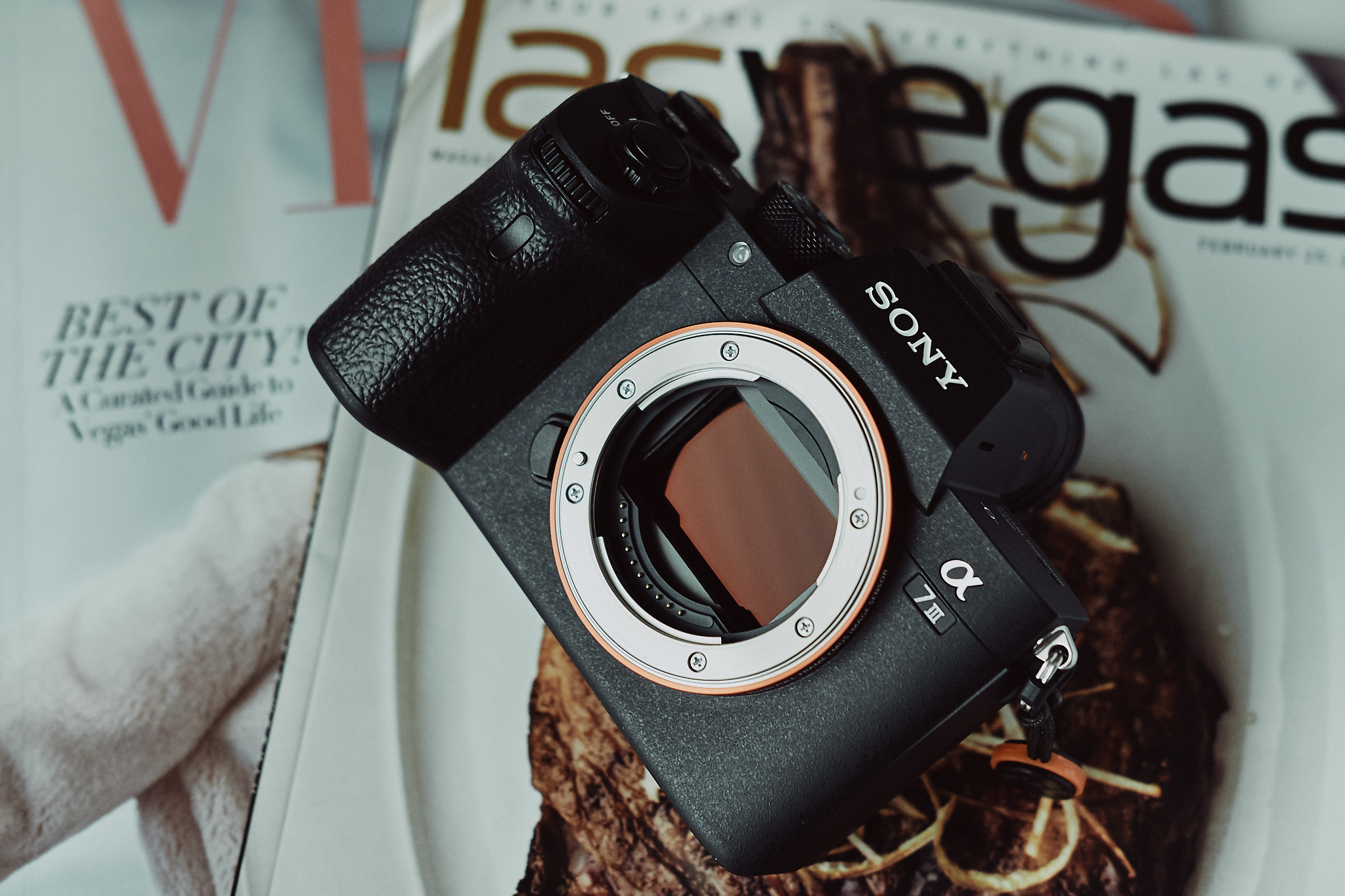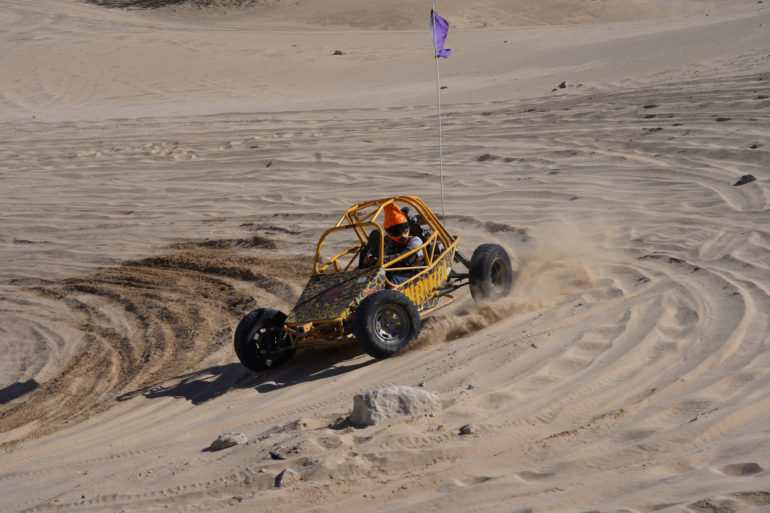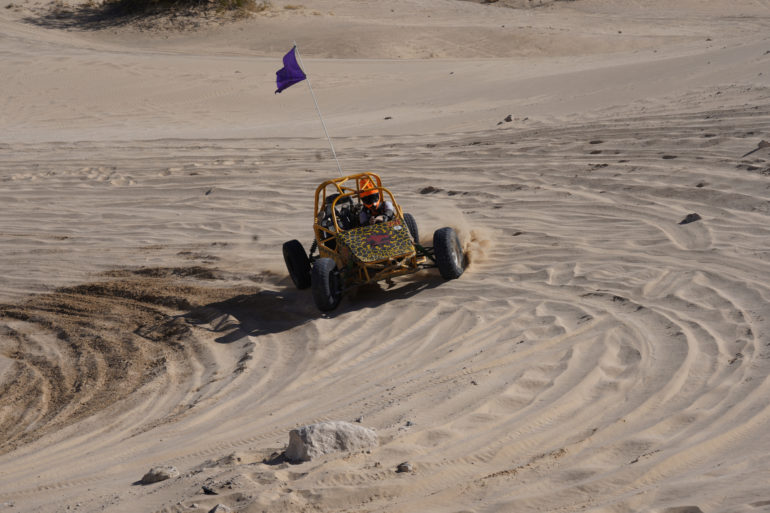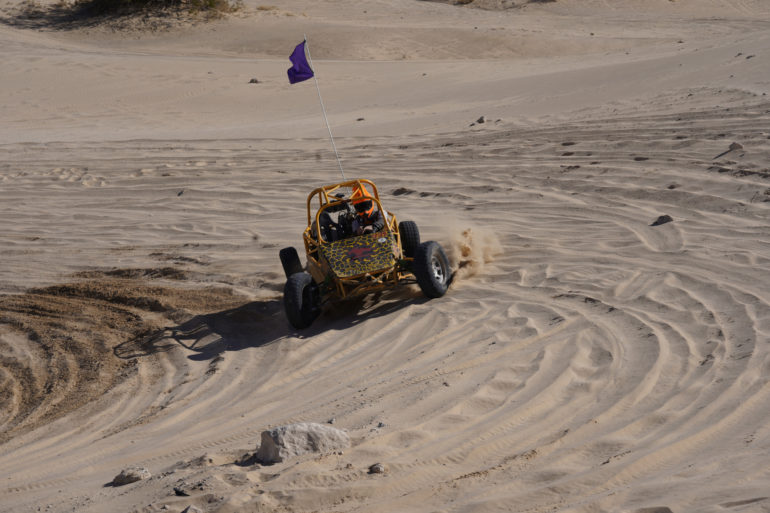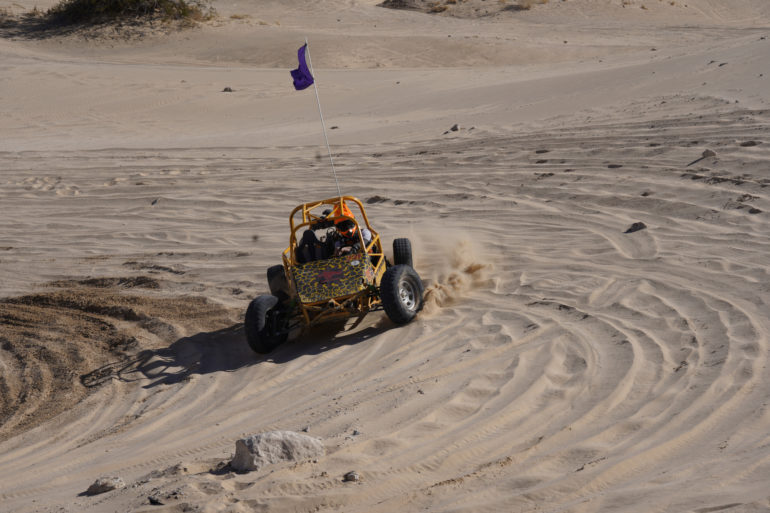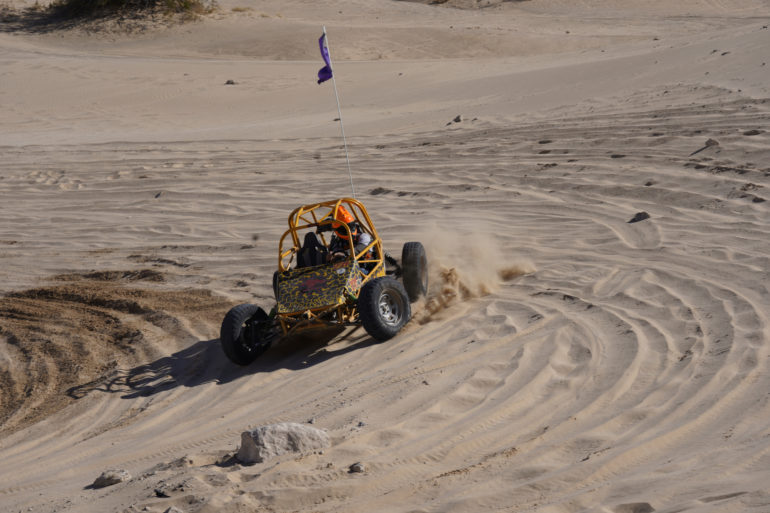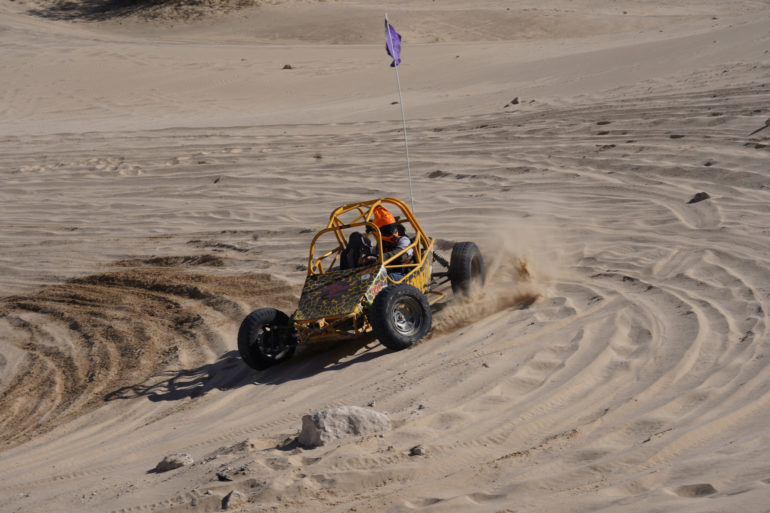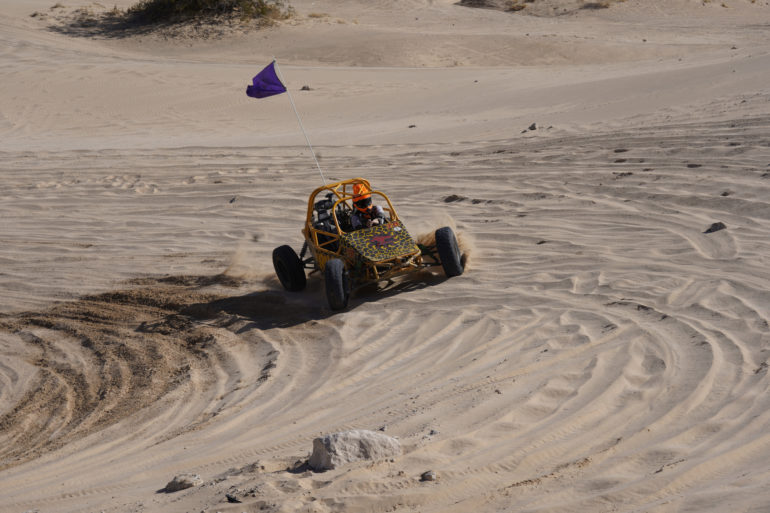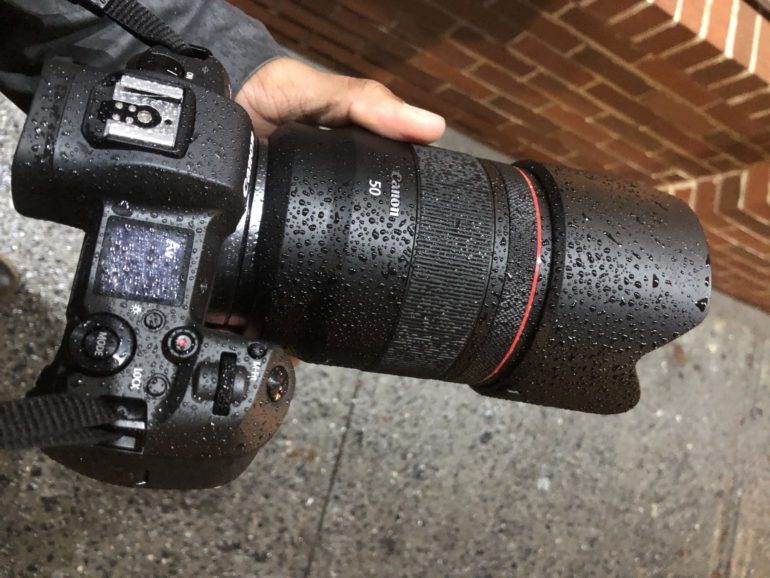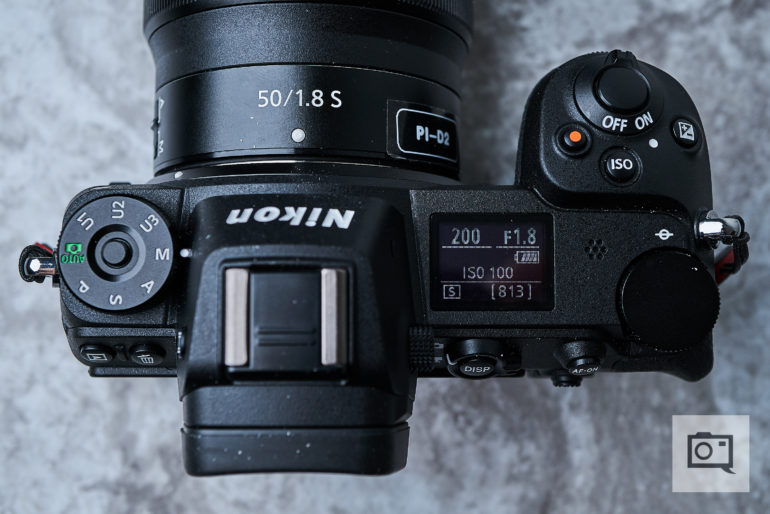Last Updated on 12/20/2018 by Mark Beckenbach
I felt it purposeful to write this post because a lot of the complaining going back and forth between one fanboy and another.
There have been posts and videos online debating whether or not a user should go out and get a Sony a7 III, a Canon EOS R, or a Nikon z6. My honest answer: don’t get any of them. Sony has better products on the higher end (much better)! Canon has yet to create a higher end camera. Nikon just needs to fix a whole lot of stuff; they are consistently giving the oddest colors we’ve ever seen. You’re all obviously entitled to your opinions, but I’d like to start stating facts.
All Three of Them Can Take Great Photos
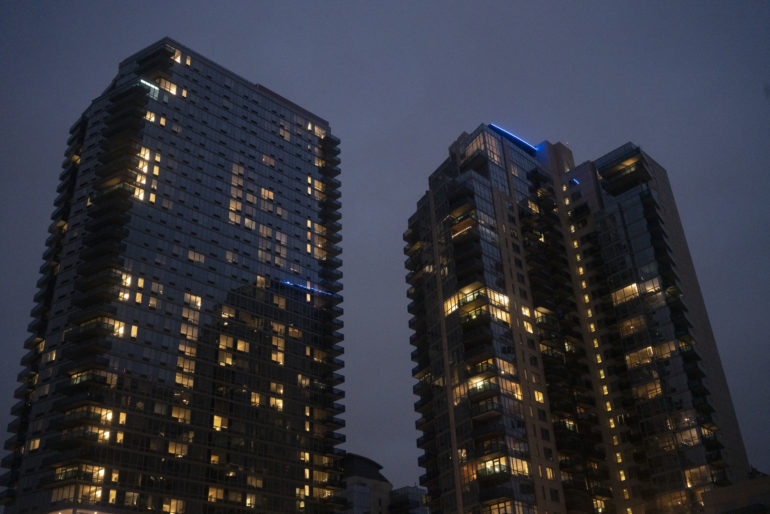
Each one of these cameras can take good photos. Each one of these cameras can take photos that will be more than good enough for all of you. I’m very confident most of you don’t print; if you did, this would probably be a different story. But either way, all of these cameras can create great, 17×22 inch prints at ISO 6400 on semi-gloss paper.
We’d know, we took each of these cameras out and did a high ISO comparison. They’re all very similar. The point is this…
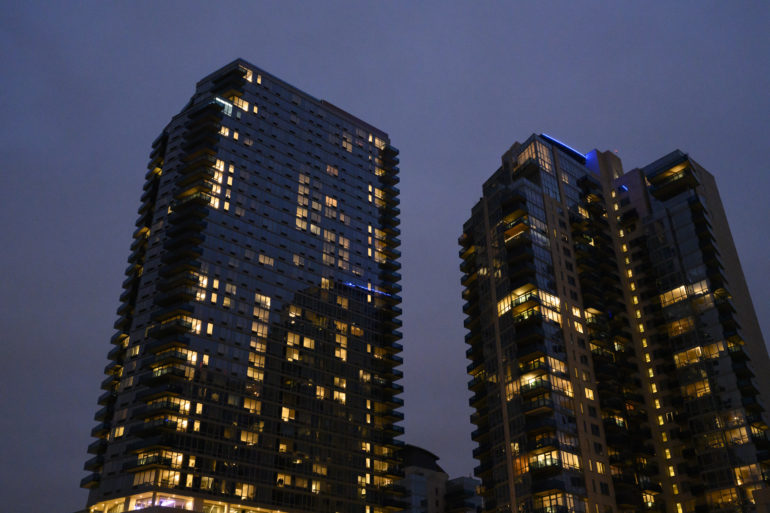
…are you ready?
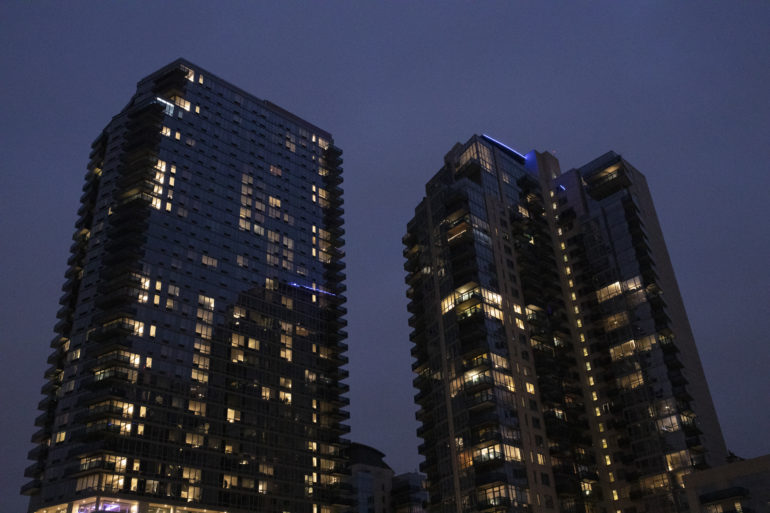
You’re all going to shoot in RAW and edit in either Lightroom or Capture One. If you truly care about your images and use the latter, you’ll get lots of great stuff in the photos no matter the ISO, the colors, etc. While some folks may try to put it all on a measurable scale with numbers, the truth again is that you’re never going to post your images at 100% online because you’re not stupid. You’re instead going to resize and then post. At that point, who the hell cares what camera you’re using?
Sony I1s the Jack of All Trades with the Sony a7 III and Pretty Bad Weather Sealing
The Sony a7 III is a camera that I can’t personally fall in love with the same way that I fell for the original Sony a7. I own the Sony a7r III and the image quality combined with the reliability is super nice. But you know what’s not nice? The lack of sealing around the lens mount. Ask any Sony a7r III owner and they’ll tell you that the mount is pretty tight. But with the Sony a7 III, we got a ton of dust on the sensor when using it in the desert.
Don’t believe me? Go look at our review and our extended first impressions.
Actually, let me save you a click because I know a ton of you are lazy. Dust and sand got into the mount of the camera and then onto the sensor when it really shouldn’t have.
Now for the lenses? Well, there are those wonderful G Master lenses, but then you fall into the trap of the fact that they’re huge. The major innovations in them though are 11 aperture blades (the exception being the 24mm which is much lighter than others). Want to embrace the smaller Sony lenses? Well then go for some of their primes; their 35mm f2.8, 55mm f1.8, 85mm f1.8, 28mm f2, etc. With all this, you’ll get a smaller, lighter, and nicer package.
Then there’s the third party support which Canon and Nikon don’t have yet. Sony has a plethora of lenses and we’ve reviewed darned near most of them.
Canon Arguably Has the Best Lenses with the Canon EOS R With Little Innovation
So, because I started with Sony and talking about weather sealing, let’s do the same with Canon. See what I did with the Canon EOS R and the 50mm f1.2 L RF? I’m not sure that I could do that with the Sony a7 III. The Canon EOS R surely has issues. Where most people complain about the magic touch bar, I don’t mind it; I almost never change my ISO. The autofocus? It isn’t that bad in practical use. It isn’t at all what Sony can do. Sony can run tiny circles around Canon all night long and Canon will just barely keep up. But in some situations, I found it to be just as speedy as its Sony counterpart.
Where Canon is really showing innovation is with lenses. A 50mm f1.2 RF and a 28-70mm f2, despite being large, are still great options for photographers who want to be able to use those lenses.
I bought the Canon EOS R despite owning a Sony a7r III. Why? The lenses and the colors. When I’ve gone out with friends and shown them the images off the back of my Canon EOS R, they liked them much more than what I’d get from a Nikon. This isn’t a bad system at all, but I’m not exactly sure why Canon didn’t start weather sealing lenses like their 35mm f1.4 IS STM RF. That would have been such a perfect lens otherwise.
Nikon…Well? The Nikon Z6 has…
sigh
We’re currently testing the Nikon z6, and it seems better than the Nikon z7 at least at the moment. Despite the fact that we think it has the best viewfinder and the best ergonomics of the bunch, there are still performance issues that annoy, like the autofocus. When it came to tracking faces, we found Sony and Canon to be faster.
So what’s good about the Nikon z6? It can produce very good images. Nikon’s lenses are small, weather resistant, and lightweight. They’re the start of what could be a great system. If anything, we really like the lenses.


